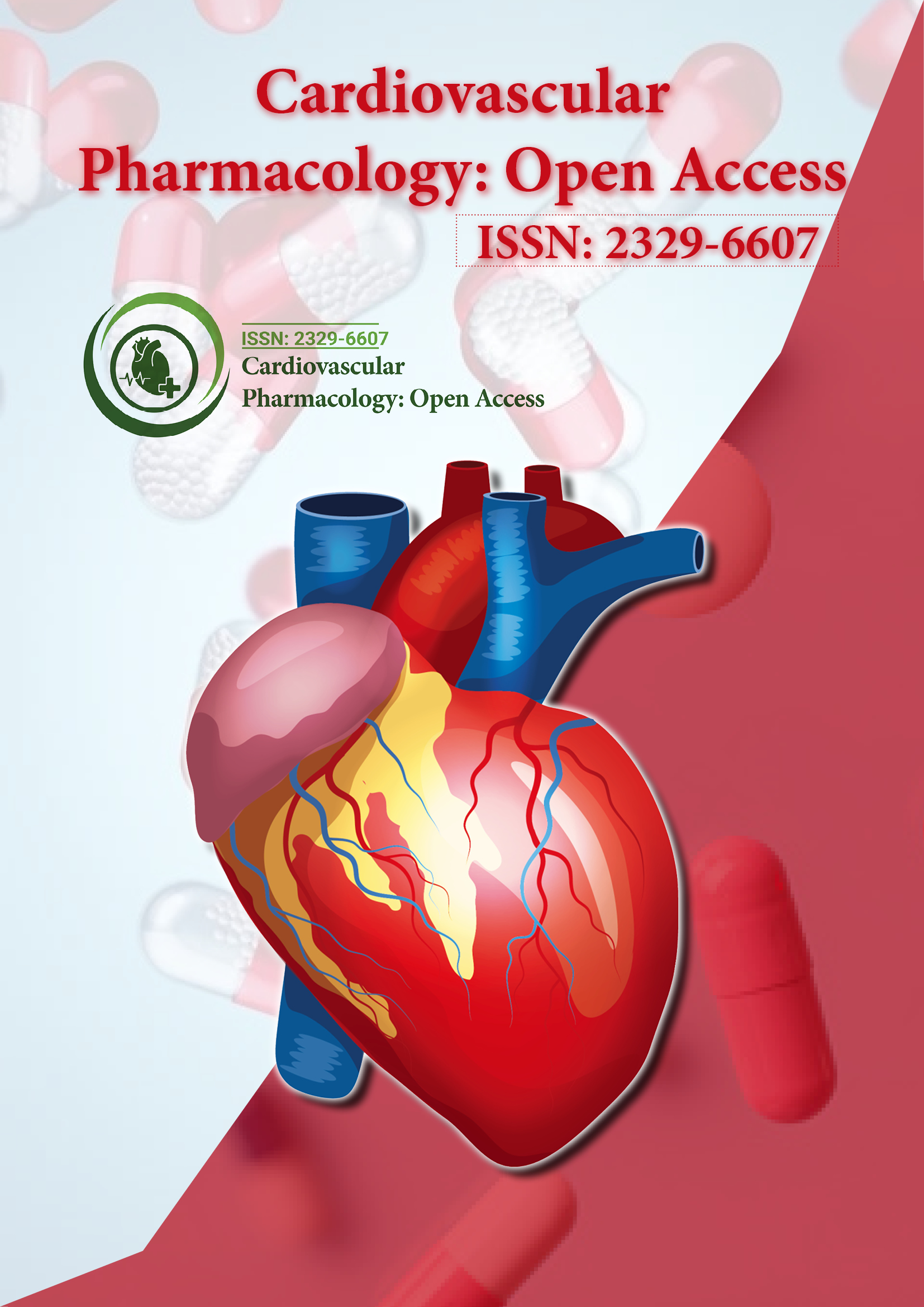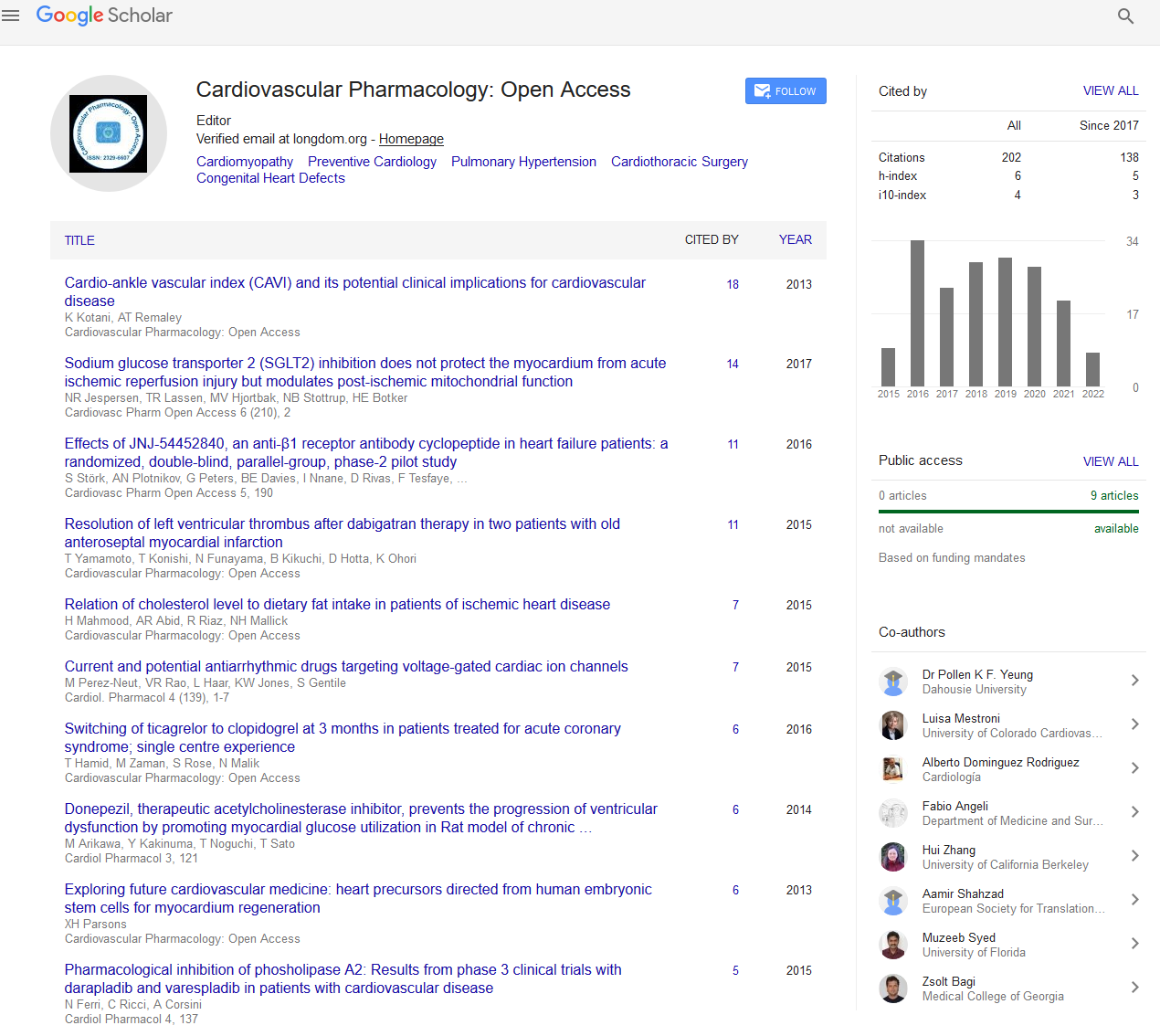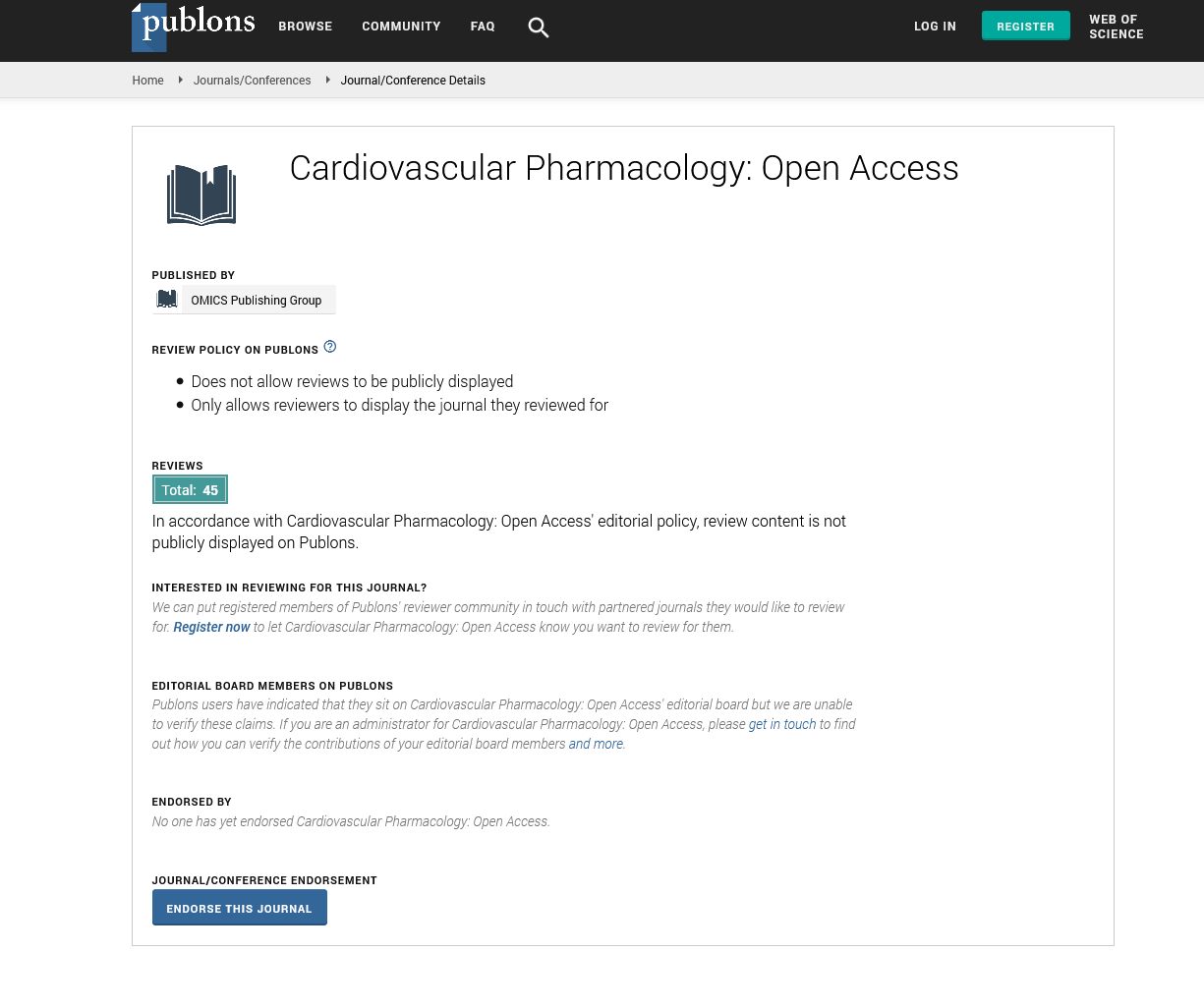Indexed In
- Open J Gate
- Cosmos IF
- RefSeek
- Hamdard University
- EBSCO A-Z
- OCLC- WorldCat
- Publons
- Geneva Foundation for Medical Education and Research
- Euro Pub
- Google Scholar
Useful Links
Share This Page
Journal Flyer

Open Access Journals
- Agri and Aquaculture
- Biochemistry
- Bioinformatics & Systems Biology
- Business & Management
- Chemistry
- Clinical Sciences
- Engineering
- Food & Nutrition
- General Science
- Genetics & Molecular Biology
- Immunology & Microbiology
- Medical Sciences
- Neuroscience & Psychology
- Nursing & Health Care
- Pharmaceutical Sciences
Michael S Wolin

Michael S Wolin
Professor, Department of Physiology, New York Medical College
USA
Biography
The research of Michael S. Wolin, Ph.D. has focused on elucidating fundamental concepts of vascular oxidant signaling mechanisms. He earned his Ph.D. in Chemistry from Yale University in 1981 and his thesis work examined how adenylate cyclase synthesized cAMP. His subsequent postdoctoral work with Louis J. Ignarro in the Department of Pharmacology of Tulane University investigated how the soluble form of guanylate cyclase was regulated by nitric oxide, porphyrins and free radicals. Dr. Wolin joined the Department of Physiology of New York Medical College as an Assistant Professor in 1983 and subsequently rose to the rank of Professor in 1995. He was an Established Investigator of the American Heart Association (AHA) and a recipient of a Merit Award from the NHLBI, and he gave the AHA Dickenson Richards Lecture in 2000. Dr. Wolin was a member of the Research Committee and Scientific Sessions Program Committee of the AHA, a past chair of the AHA Cardiopulmonary, Preoperative and Critical Care Council, a member of the NIH VCMB study section, an Associate Editor for the Journal Microcirculation, and is currently an Associate Editor for the American Journal of Physiology-Heart & Circulatory Physiology. He gave the Berne Distinguished Lecture at the Experimental Biology Meeting in 2008.
Research Interest
His research has focused on how reactive oxygen species and their interactions with nitric oxide control vascular signaling mechanisms associated with endothelial function, mitochondrial respiration and guanylate cyclase. Through collaborations at NYMC he has been able to investigate how vascular oxidant and/or NO signaling mechanisms control microcirculatory function and is altered by complications of pregnancy, exercise, heart failure, systemic and pulmonary hypertension, diabetes and aging. More recent interests include understanding the regulatory role of cytosolic NAD(P)H redox and how these systems control of Nox oxidases and differences in oxygen sensing mechanisms between the coronary and pulmonary vasculature.


